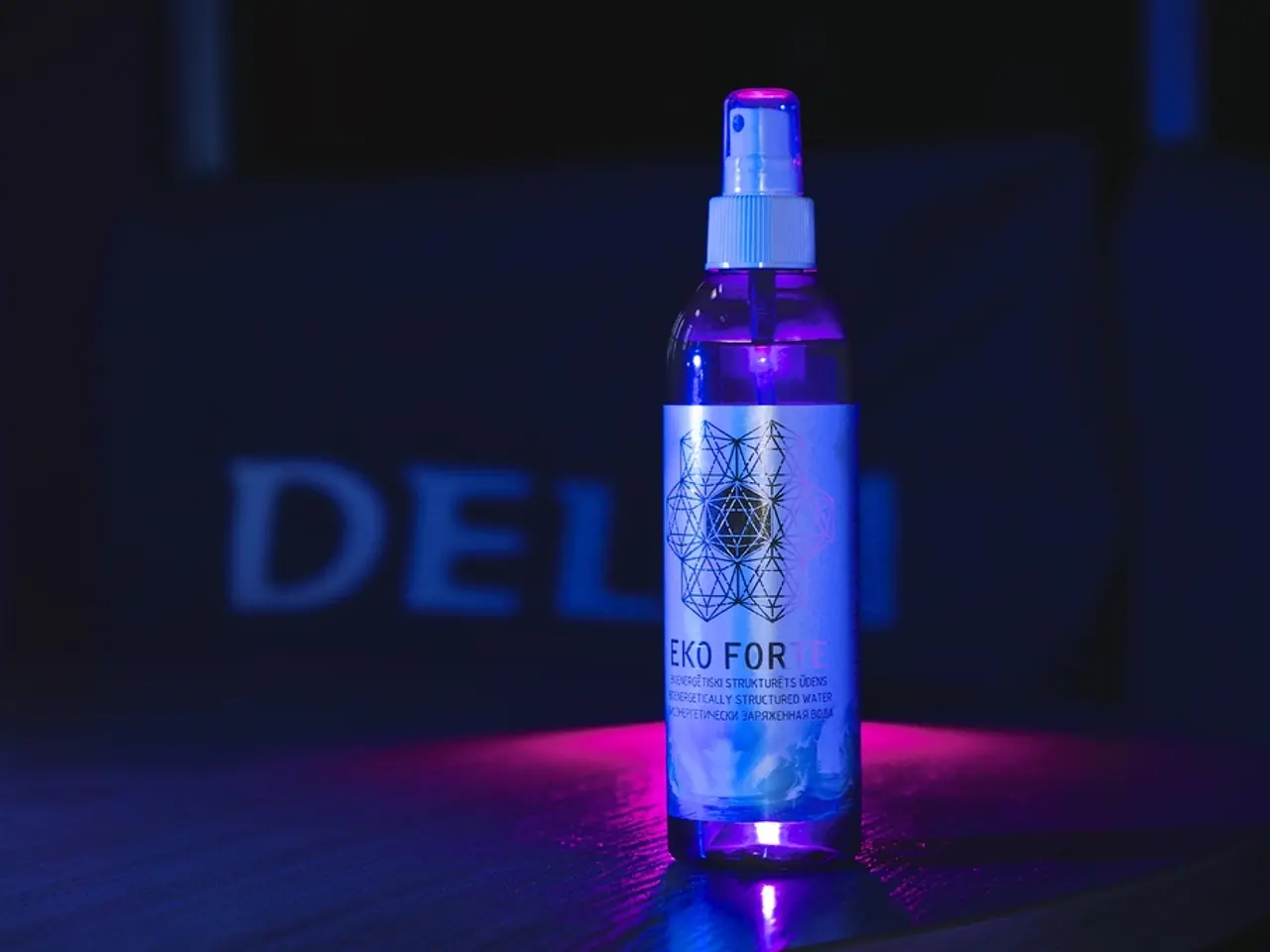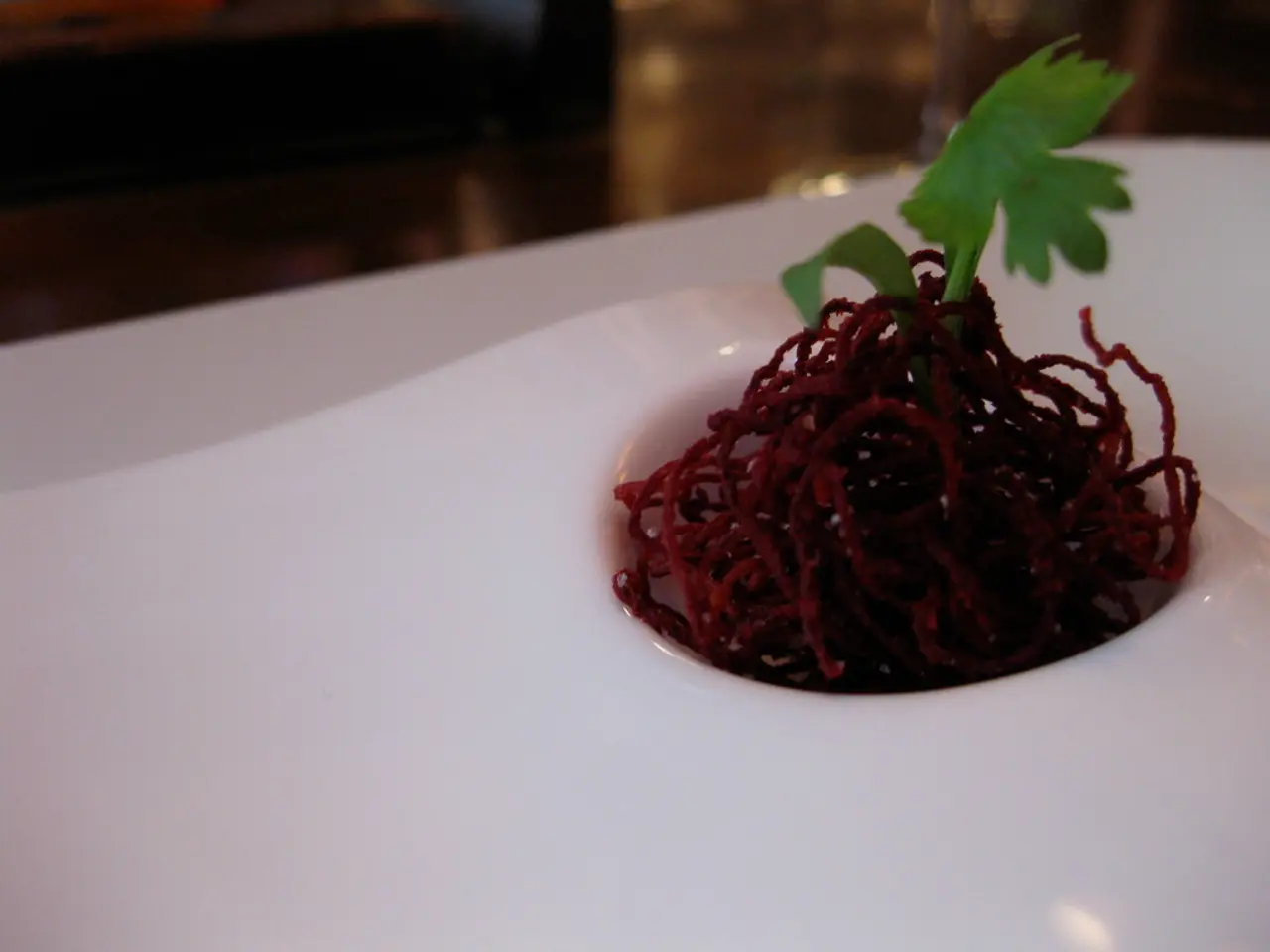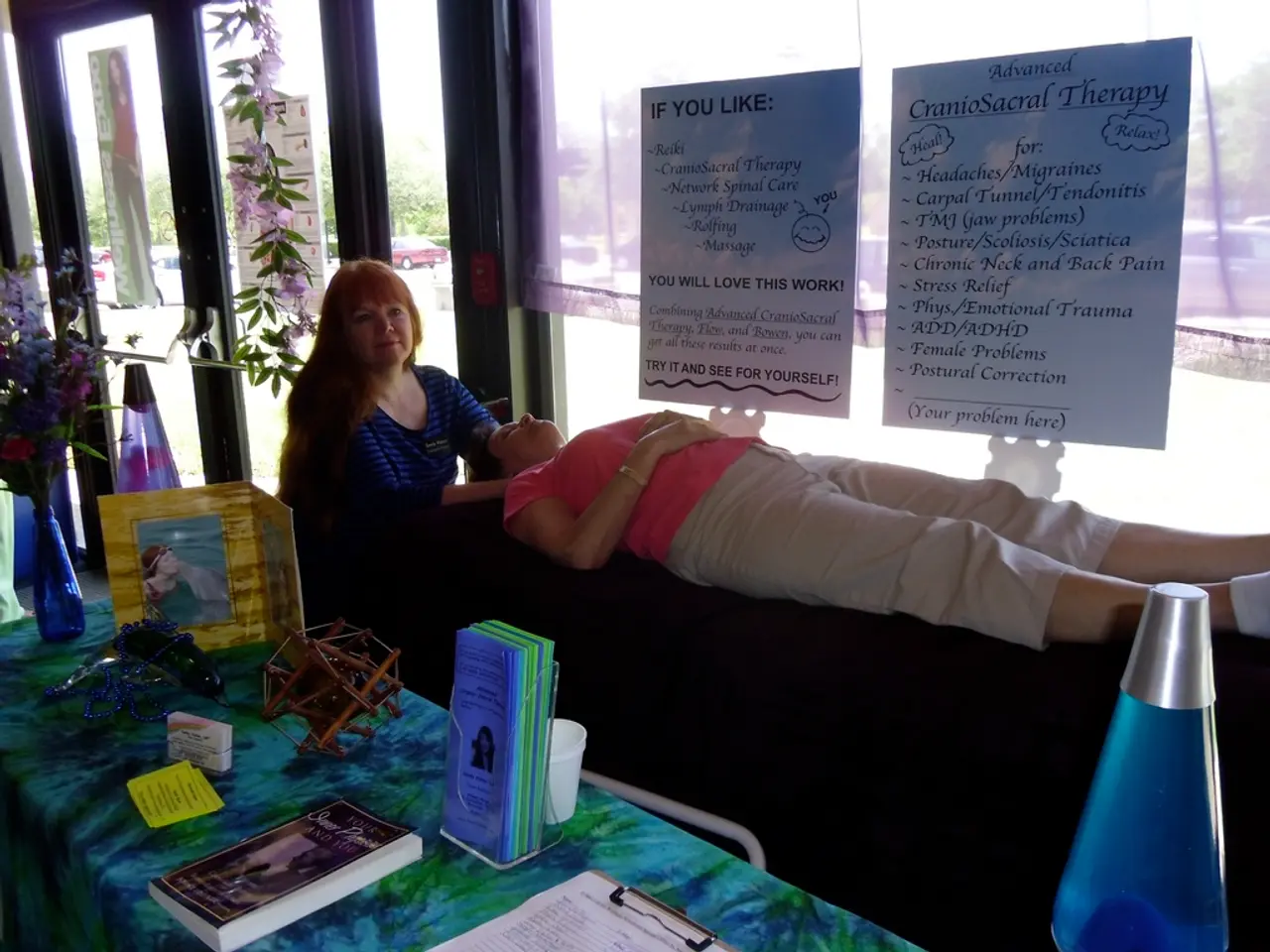Ear Olive Oil Application: Purposes, Efficiency, and Security Exploration
In the realm of home remedies, warm olive oil has gained popularity as a potential solution for earwax buildup and related issues. However, it's essential to approach its use with caution, as the scientific consensus on its effectiveness is limited.
Olive oil, when applied correctly, can help soften stubborn earwax, making professional removal procedures like microsuction or irrigation more straightforward. By applying two drops of olive oil into the affected ear the night before a clinical appointment, one might shorten the removal process.
Despite this, it's crucial to remember that olive oil should not be used if there is ear pain, discharge, or suspicion of infection, as this could worsen the condition or cause complications. Furthermore, there is no robust scientific evidence supporting the use of olive oil as a treatment for ear infections themselves.
The risks associated with do-it-yourself earwax removal methods, including the use of olive oil or hydrogen peroxide, are significant. Improper use can lead to ear canal damage or infections. Professionals emphasise that earwax removal is safest when performed by trained clinicians using controlled methods like microsuction or irrigation, with olive oil used only as a softening aid if needed.
In summary, while warm olive oil can safely soften earwax and is sometimes advised before professional removal, it is not proven effective or recommended as a treatment for ear infections. Professional assessment and treatment are advised for symptoms of infection or if earwax buildup is significant.
This advice aligns with guidelines from ear care professionals and NHS resources, which emphasise safe, professional management of earwax and ear infections. When using olive oil, it's recommended to consult a doctor first, and caution is warranted to avoid complications.
References: [1] Earwax Removal: The Facts. (2019). NHS Inform. Retrieved from https://www.nhsinform.scot/illnesses-and-conditions/ears/earwax-removal-the-facts [2] Olive Oil for Earwax Removal. (2020). British Academy of Audiology. Retrieved from https://www.thebaa.org/patient-information/ear-care/olive-oil-for-earwax-removal [3] Olive Oil for Ear Infections. (2021). Mayo Clinic. Retrieved from https://www.mayoclinic.org/diseases-conditions/ear-infection/expert-answers/olive-oil-for-ear-infections/faq-20058044
- For those considering the use of olive oil for earwax buildup, it's advisable to apply it correctly, and avoid doing so when experiencing ear pain, discharge, or suspicion of infection.
- Professional earwax removal methods like microsuction or irrigation are safer and more effective, especially when used after softening the earwax with olive oil.
- Despite popular belief, there is limited scientific evidence supporting the use of olive oil as a treatment for ear infections, making it crucial to consult a healthcare professional first.
- The risks of DIY earwax removal, including the use of olive oil or hydrogen peroxide, can lead to ear canal damage or infections, emphasizing the importance of professional treatment.
- In line with guidelines from ear care professionals and NHS resources, safe and professional management of earwax and ear infections is recommended to maintain overall health-and-wellness.




